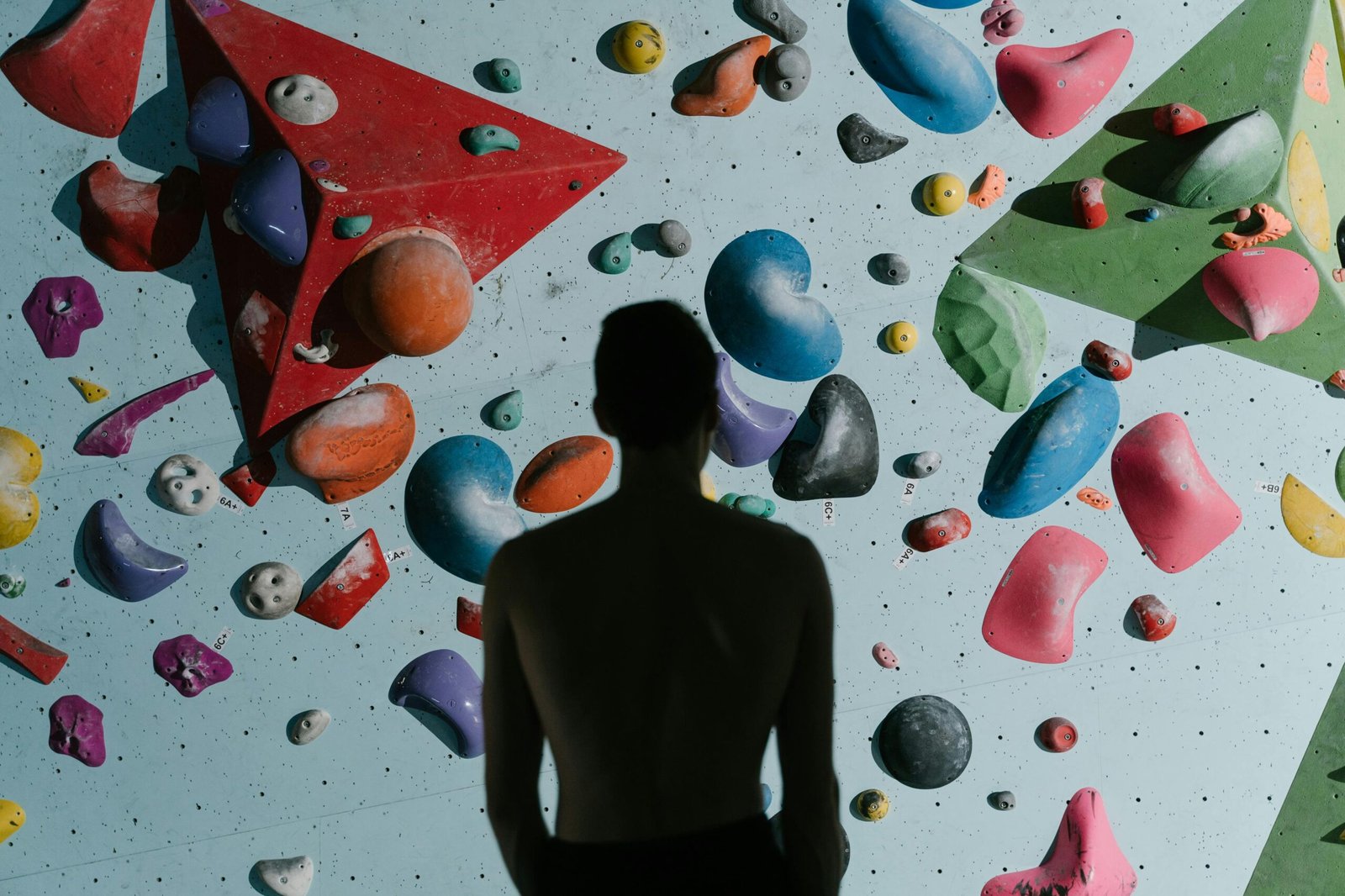
Imagine lying flat on your back, only to be met with a sharp and uncomfortable pain in your lower back. Low back pain can be a debilitating and frustrating experience, affecting millions of people worldwide. In this article, we will explore the various causes of low back pain and delve into the different treatment options available. Whether you’re seeking relief for yourself or trying to better understand this common ailment, read on to gain valuable insights into understanding and managing low back pain.
Understanding the Causes and Treatments for Low Back Pain

I. Introduction
Dealing with low back pain can be a frustrating and debilitating experience. It can affect your ability to perform daily tasks, interfere with your sleep, and hinder your overall quality of life. In this article, we will explore the various causes of low back pain and discuss the treatments available to alleviate this common ailment.
II. Overview of Low Back Pain
Low back pain, also known as lumbago, refers to discomfort or pain felt in the lower region of the back. It is a prevalent condition that affects people of all ages and can be acute or chronic in nature. Acute low back pain typically lasts for a few days to a few weeks, while chronic low back pain persists for more than three months.

III. Causes of Low Back Pain
There are several potential causes of low back pain, each with its own specific factors. Understanding these causes can help you identify the underlying issues and seek appropriate treatment.
A. Muscle Strain
Muscle strain is one of the most common causes of low back pain. It occurs when the muscles in your back are stretched or torn. Some factors that contribute to muscle strain include:
1. Poor posture
Maintaining improper posture while sitting, standing, or lifting heavy objects can put excessive strain on your lower back muscles, leading to pain and discomfort.
2. Overuse or repetitive motion
Engaging in activities that involve repetitive bending, lifting, or twisting movements can strain your lower back muscles over time, resulting in pain and stiffness.
3. Lifting heavy objects incorrectly
Improper lifting techniques, such as lifting with your back instead of your legs, can cause significant strain on your lower back muscles, leading to pain and injury.
B. Herniated Disc
A herniated disc occurs when the soft inner core of a spinal disc protrudes through a tear in the outer layer. This condition can be caused by various factors, including:
1. Age-related degeneration
As we age, the spinal discs lose their elasticity and become more prone to damage and herniation. Degenerative changes in the discs can lead to low back pain.
2. Trauma or injury
Sudden trauma or injury to the back, such as a fall or accident, can cause a disc to herniate, resulting in pain and discomfort.
3. Excessive weight or obesity
Carrying excess weight puts increased pressure on the spinal discs, increasing the risk of herniation and subsequent low back pain.
C. Spinal Stenosis
Spinal stenosis refers to the narrowing of the spinal canal, leading to compression of the spinal nerves. This condition can occur due to several factors, including:
1. Aging
As we age, the bones and tissues in the spine can undergo degenerative changes, leading to the narrowing of the spinal canal and subsequent low back pain.
2. Arthritis
Conditions like osteoarthritis and rheumatoid arthritis can cause inflammation in the spine, leading to spinal stenosis and associated symptoms.
3. Genetic factors
Some individuals may be genetically predisposed to developing spinal stenosis, increasing their risk of experiencing low back pain.
D. Spondylolisthesis
Spondylolisthesis refers to the displacement of one vertebra over another in the lower back. It can be caused by various factors, including:
1. Congenital defect
Some individuals may be born with a defect in the spine that makes them more susceptible to spondylolisthesis and subsequent low back pain.
2. Degenerative changes
Degenerative conditions like arthritis can weaken the spinal discs and ligaments, causing vertebrae to shift and result in spondylolisthesis.
3. Traumatic injury
Sudden trauma or injury to the spine, such as a fracture or dislocation, can disrupt the alignment of the vertebrae, leading to spondylolisthesis and associated pain.
E. Sciatica
Sciatica refers to pain that radiates along the path of the sciatic nerve, which originates in the lower back and extends down the back of each leg. The following factors can contribute to sciatica:
1. Herniated disc
When a herniated disc in the lower back compresses the sciatic nerve, it can cause pain, numbness, and tingling sensations along the nerve pathway.
2. Spinal stenosis
Narrowing of the spinal canal can put pressure on the sciatic nerve, leading to the development of sciatica symptoms.
3. Piriformis syndrome
The piriformis muscle, located deep in the buttock area, can sometimes irritate or compress the sciatic nerve, resulting in sciatica symptoms.
IV. Risk Factors for Low Back Pain
While low back pain can affect anyone, certain risk factors can increase the likelihood of experiencing this condition. These risk factors include:
A. Age
As we age, the wear and tear on our spine increase, making older individuals more susceptible to low back pain.
B. Fitness level
Poor physical fitness and weak core muscles can contribute to low back pain. Regular exercise and strengthening routines can help prevent or alleviate this condition.
C. Occupation
Certain occupations that involve heavy lifting, repetitive movements, or prolonged sitting or standing can put strain on the lower back, increasing the risk of developing low back pain.
D. Sedentary lifestyle
A sedentary lifestyle characterized by prolonged sitting or inactivity can weaken the muscles supporting the spine, making individuals more prone to low back pain.
E. Psychological factors
Stress, anxiety, and depression can amplify the perception of pain and contribute to the development or aggravation of low back pain.
F. Smoking
Smoking can impair blood flow to the spinal discs, hindering their ability to receive essential nutrients and leading to accelerated degeneration and low back pain.

V. Diagnosing Low Back Pain
Diagnosing the cause of low back pain often requires a thorough medical history, physical examination, and diagnostic tests. Common diagnostic measures for low back pain include:
A. Medical history and physical examination
Your healthcare provider will review your medical history, inquire about the nature and severity of your symptoms, and perform a physical examination to assess your range of motion and identify any areas of tenderness or nerve involvement.
B. Diagnostic tests
Depending on the suspected cause of your low back pain, your healthcare provider may order additional diagnostic tests to obtain detailed images or assess nerve function. Some common tests include:
1. X-rays
X-rays provide valuable information about the alignment of the spine, the presence of fractures, and degenerative changes in the bones.
2. MRI and CT scans
Magnetic Resonance Imaging (MRI) and Computed Tomography (CT) scans can provide detailed images of the soft tissues, including the spinal discs, nerves, and surrounding structures, helping to identify conditions like herniated discs or spinal stenosis.
3. EMG and nerve conduction studies
Electromyography (EMG) and nerve conduction studies evaluate the function of the nerves and the electrical activity of the muscles, helping to determine if nerve damage or compression is causing your low back pain.
VI. Non-Surgical Treatments for Low Back Pain
In many cases, low back pain can be effectively managed without the need for surgery. Non-surgical treatment options for low back pain include:
A. Physical therapy
Physical therapy involves targeted exercises, stretches, and manual techniques aimed at reducing pain, improving flexibility, and strengthening the muscles supporting the spine.
B. Medications
Medications can help alleviate low back pain and reduce inflammation. Commonly prescribed medications include:
1. Nonsteroidal anti-inflammatory drugs (NSAIDs)
NSAIDs, such as ibuprofen or naproxen, can help reduce pain and inflammation associated with low back pain.
2. Muscle relaxants
Muscle relaxants may be prescribed to ease muscle spasms and muscle-related pain in the lower back.
3. Analgesics
Pain relievers like acetaminophen can help manage mild to moderate low back pain symptoms.
C. Heat and cold therapy
Applying heat or cold packs to the affected area can help alleviate muscle spasms, reduce inflammation, and provide temporary pain relief.
D. Exercise and stretching
Engaging in regular exercise and stretching routines, under the guidance of a healthcare professional, can help strengthen the core muscles, improve flexibility, and support the spine.
E. Acupuncture
Acupuncture, an ancient Chinese therapy, involves the insertion of thin needles at specific points on the body to promote pain relief and healing. It may provide relief for some individuals with low back pain.
VII. Surgical Treatments for Low Back Pain
In certain cases, surgical intervention may be necessary to address the underlying cause of low back pain. Surgical treatments for low back pain include:
A. Discectomy
A discectomy involves the removal of a portion of a herniated disc that is compressing a nerve, relieving pressure and alleviating pain.
B. Spinal fusion
Spinal fusion involves permanently joining two or more vertebrae together, typically using bone grafts or implants, to stabilize the spine and reduce pain caused by conditions like spondylolisthesis or spinal stenosis.
C. Laminectomy
A laminectomy involves removing a portion of the vertebral bone called the lamina to relieve pressure on the spinal cord or nerves, providing relief for conditions such as spinal stenosis.
D. Artificial disc replacement
In cases where a damaged disc is causing low back pain, an artificial disc can be implanted to replace the damaged one, preserving motion and reducing pain.
VIII. Prevention of Low Back Pain
Prevention plays a crucial role in reducing the risk of low back pain. Some preventive measures include:
A. Maintaining a healthy weight
Excess weight places added stress on the spine and increases the risk of developing low back pain. Maintaining a healthy weight through a balanced diet and regular exercise can help alleviate this risk.
B. Practicing good posture
Maintaining proper posture while sitting, standing, and lifting can help reduce strain on the lower back muscles and prevent low back pain.
C. Regular exercise and strengthening
Engaging in regular physical exercise and strength-building activities helps strengthen the core muscles and supporting structures of the spine, reducing the risk of injury and low back pain.
D. Using proper lifting techniques
When lifting heavy objects, it is important to use proper lifting techniques, such as bending the knees and lifting with the legs instead of the back. This can help mitigate strain on the lower back.
E. Avoiding prolonged sitting or standing
Prolonged sitting or standing in the same position can strain the lower back. Taking breaks, adjusting your posture, and incorporating movement throughout the day can help prevent low back pain.
IX. Conclusion
Low back pain is a common condition that can be caused by various factors. Understanding the underlying causes and risk factors can help individuals take preventive measures and seek appropriate treatment when necessary. Non-surgical treatments, including physical therapy, medications, and heat therapy, are often effective in managing low back pain. In some cases, surgical intervention may be required to address the underlying cause and provide long-term relief. By maintaining a healthy lifestyle, practicing good posture, and engaging in regular exercise, individuals can reduce their risk of developing low back pain and enjoy optimal spine health.





